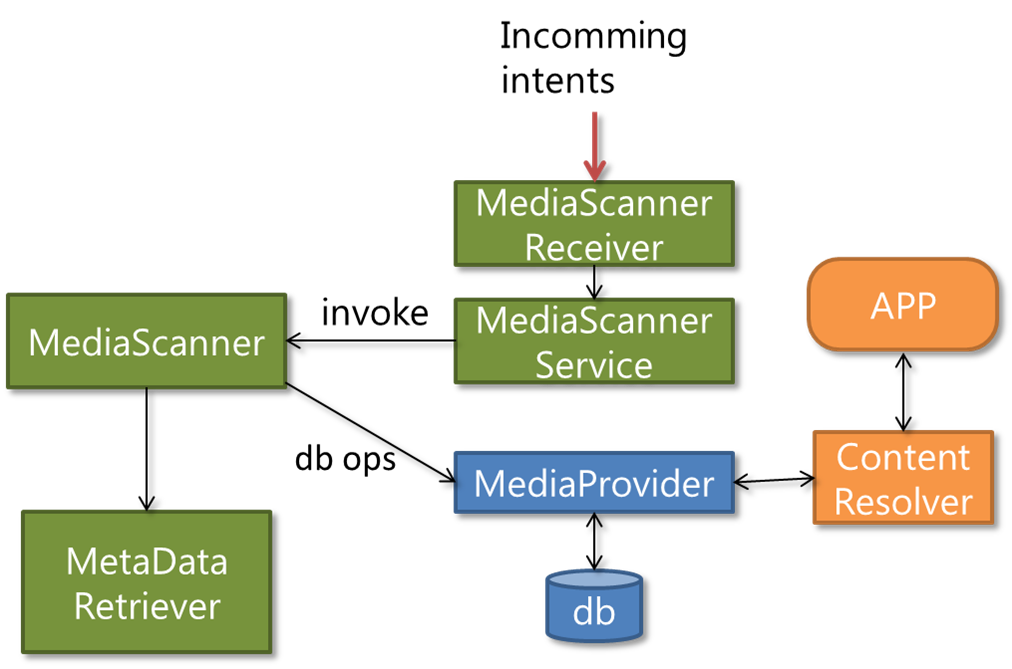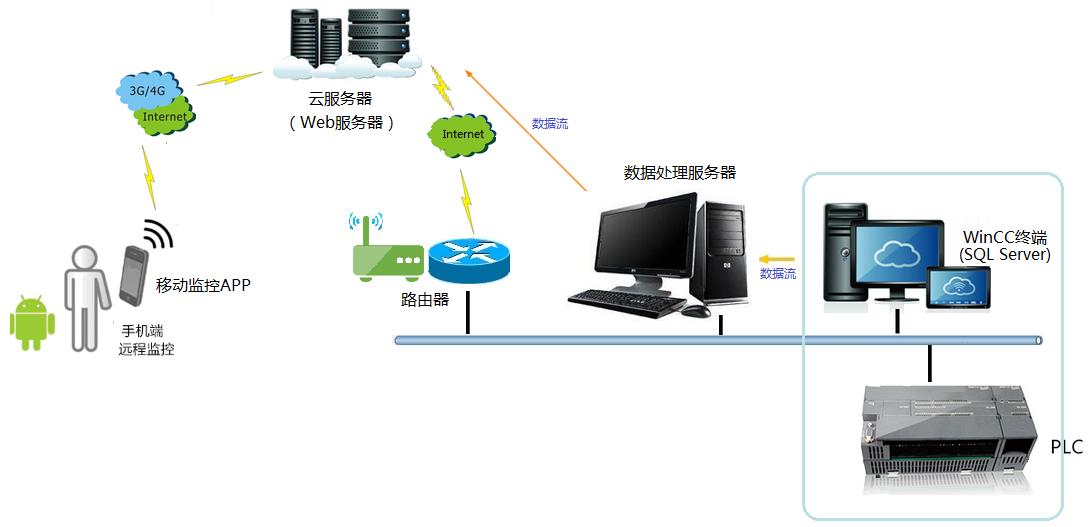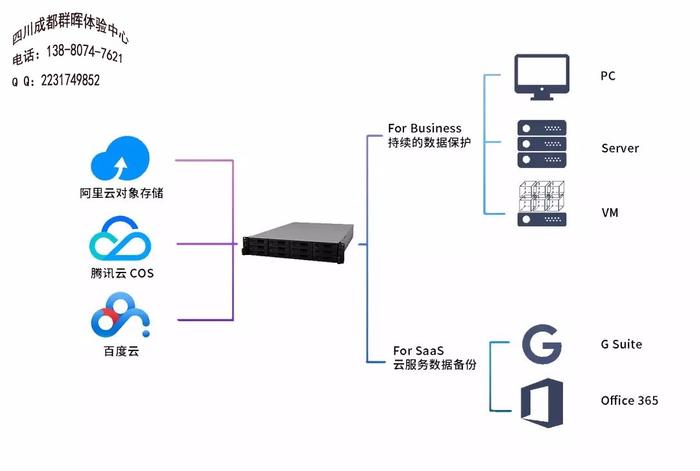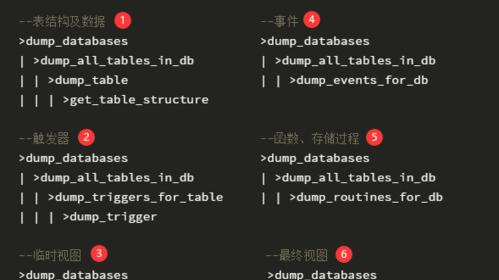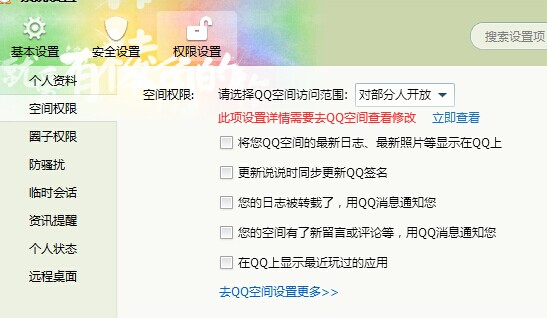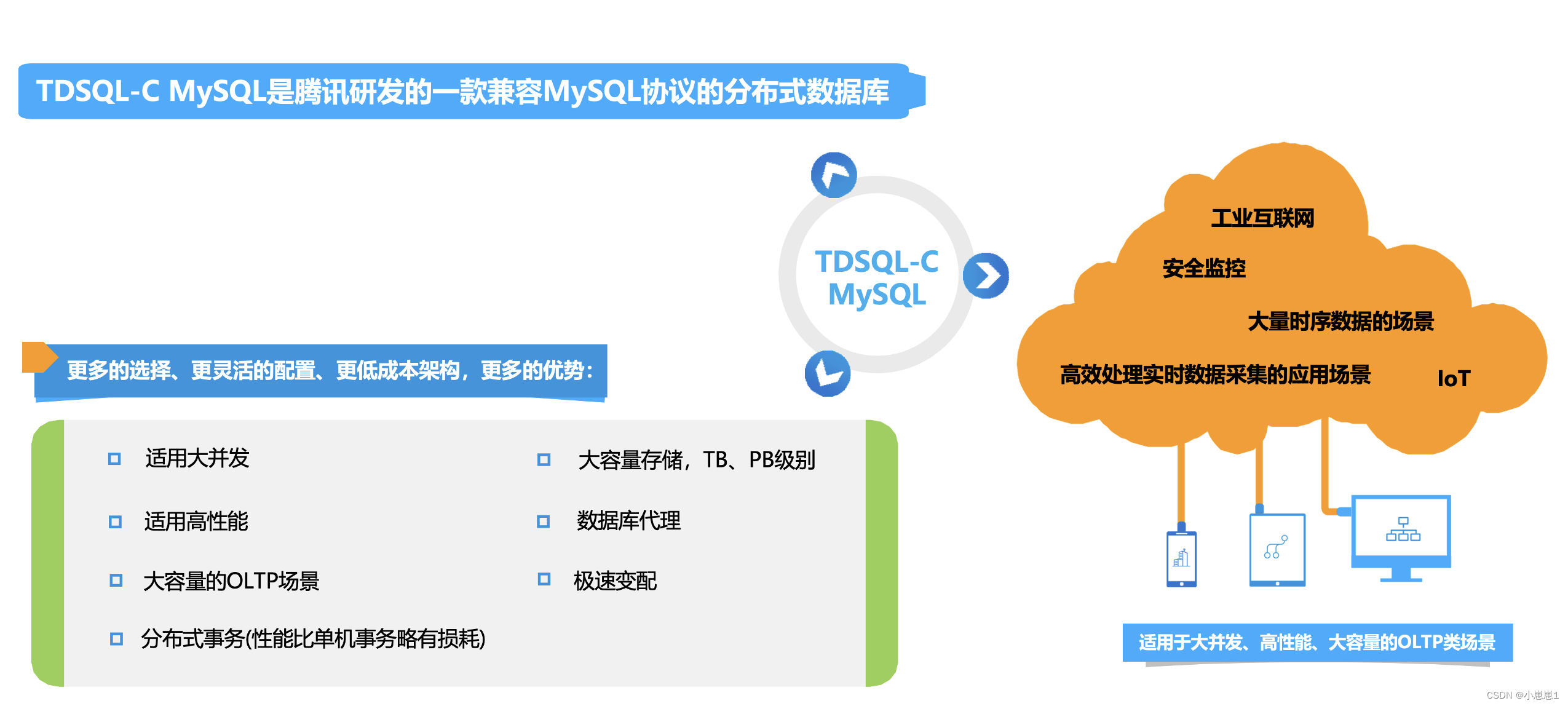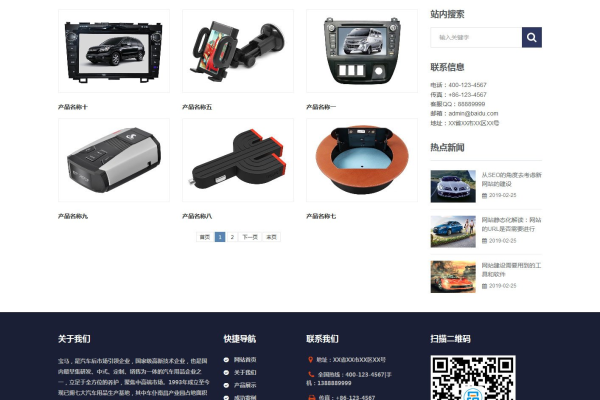上一篇
CentOS服务器配置优化与百度SEO技巧 快速提升网站流量实战指南
- 行业动态
- 2025-04-15
- 4
CentOS是基于Red Hat Enterprise Linux的开源系统,专为服务器设计,提供长期稳定支持和高安全性,免费且拥有活跃社区资源,适合部署Web服务、数据库及云计算平台,满足企业级应用需求,助力高效运维管理。
服务器基础配置
系统安全加固
- 禁用root远程登录,创建专用运维账户:
useradd admin && passwd admin sed -i 's/PermitRootLogin yes/PermitRootLogin no/' /etc/ssh/sshd_config systemctl restart sshd
- 启用防火墙并仅开放必要端口(HTTP/80、HTTPS/443、SSH/自定义端口):
firewall-cmd --permanent --add-port=80/tcp firewall-cmd --permanent --add-port=443/tcp firewall-cmd --permanent --add-port=2222/tcp # 示例SSH端口 firewall-cmd --reload
- 禁用root远程登录,创建专用运维账户:
运行环境优化
- 使用Nginx+PHP-FPM+MariaDB组合时,需调整配置:
- Nginx启用Gzip压缩与浏览器缓存:
gzip on; gzip_types text/plain text/css application/json application/javascript; expires 7d;
- PHP-FPM配置进程管理与OPcache加速:
pm = dynamic pm.max_children = 50 pm.start_servers = 5 opcache.enable=1 opcache.memory_consumption=128
- Nginx启用Gzip压缩与浏览器缓存:
- 使用Nginx+PHP-FPM+MariaDB组合时,需调整配置:
HTTPS强制部署
- 通过Let’s Encrypt获取免费SSL证书:
certbot --nginx -d yourdomain.com
- 配置HTTP自动跳转HTTPS:
server { listen 80; server_name yourdomain.com; return 301 https://$server_name$request_uri; }
- 通过Let’s Encrypt获取免费SSL证书:
搜索引擎友好性优化
页面速度提升
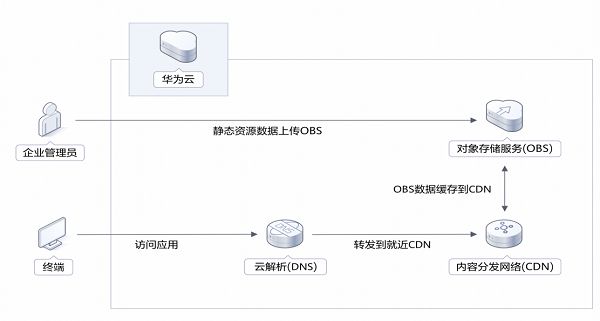
- 使用Pagespeed模块优化资源加载:
yum install nginx-module-pagespeed
- 异步加载非关键JavaScript:
<script src="analytics.js" async></script>
- 使用Pagespeed模块优化资源加载:
结构化数据标记
- 在文章页嵌入JSON-LD格式的Schema标记(以技术博客为例):
<script type="application/ld+json"> { "@context": "https://schema.org", "@type": "TechArticle", "headline": "CentOS服务器安全配置指南", "author": { "@type": "Organization", "name": "技术团队名称", "url": "https://yourdomain.com/about" } } </script>
- 在文章页嵌入JSON-LD格式的Schema标记(以技术博客为例):
移动端适配
- 使用响应式设计并添加视口元标签:
<meta name="viewport" content="width=device-width, initial-scale=1.0">
- 通过百度移动适配工具提交专属移动页面规则。
- 使用响应式设计并添加视口元标签:
E-A-T体系构建
生产
- 发布技术文档时需附带:
- 作者的专业资质说明(如Linux基金会认证工程师)
- 数据来源引用(官方文档、RFC标准、行业白皮书)
- 实操场景的真实测试结果(性能对比表格、压力测试截图)
- 发布技术文档时需附带:
可信度增强措施
- 网站底部展示:
- ICP备案编号与公安网安备案标识
- 第三方安全认证标志(如SSL证书状态徽章)
- 用户互动内容(评论/论坛)实施:
- 实名认证+手机验证双重审核机制
- 敏感词过滤与人工复核流程
- 网站底部展示:
品牌背书呈现
- 建立独立「关于我们」页面,包含:
- 服务器管理团队成员的LinkedIn履历链接
- 合作厂商的官方授权证明(如Red Hat合作伙伴证书)
- 客户案例中的企业LOGO墙(需获得使用授权)
- 建立独立「关于我们」页面,包含:
持续运维监控
安全审计自动化
- 每日执行破绽扫描:
yum install lynis -y lynis audit system
- 配置日志分析告警(使用Fail2ban抵御暴力破解):
fail2ban-client set sshd banip 1.2.3.4
- 每日执行破绽扫描:
性能基准测试
- 使用Siege进行并发负载测试:
siege -c100 -t60s https://yourdomain.com/article
- 通过Prometheus+Grafana构建可视化监控面板。
- 使用Siege进行并发负载测试:
引用说明
技术方案参考:
- Nginx官方配置文档 https://nginx.org/en/docs/
- 百度搜索资源平台《移动优化指南》
- Google E-A-T评估指南(中文译本)

